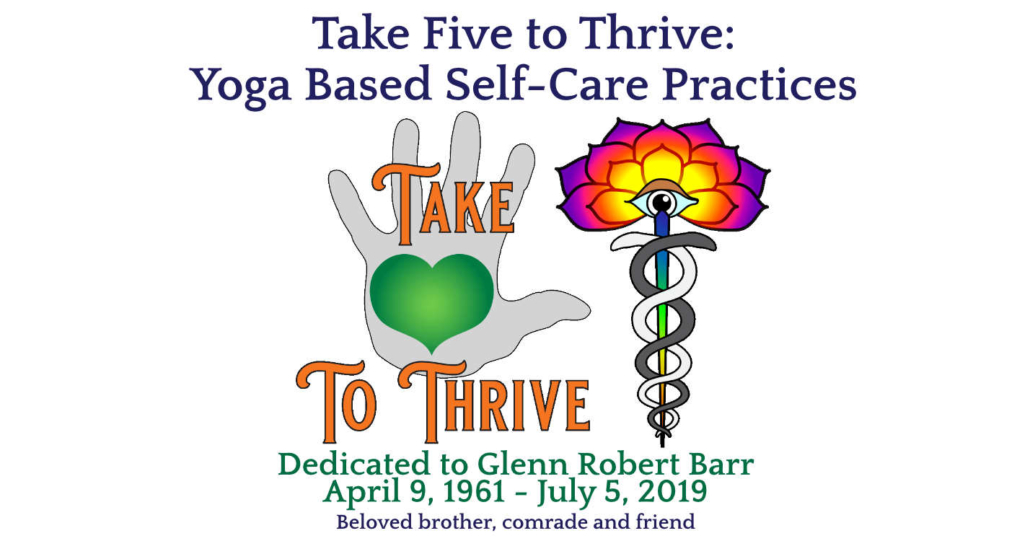2020 Self-care Recap & Metta Meditation
This 2020 self care blog was written with an intention to focus our attention on sustaining our own well-being through these chaotic times. A roadmap with points for reflection and a number of mind-body self-care practices were presented with an emphasis on developing skills to up our game in paying kind attention to ourselves and to others. We started where all well-being begins, with valuing self-care as an expression of self-compassion.
Attention training starts with developing presence to oneself. Simple yet effective methods for presencing were drawn from the domain of mindfulness, which has considerable scientific support as a necessary skill for cultivating compassion. Compassion was described as action taken to relieve suffering and suffering was simplified to represent the rub of resistance we feel whenever we want our experience to be different than it is unfolding in the here and now. In this way, suffering is recognized as an experience common to all humanity and therefore all humanity warrants compassion. The likelihood that this statement may feel like a tall order to you in these intensely divisive times is evidence for an opportunity to respond to your rubs with self-compassion!
The tradition of Yoga, a point of origin for mindfulness practices, has for millennia offered humanity a technology for relieving suffering; meditation. Yoga is actually a psychospiritual science of the mind that uses myriad physical practices as a tool to move the body into tolerating stillness. Yoga practices also prepare the nervous system by cultivating meditative states as preparation for meditation. Various forms of meditation have been vigorously investigated in the neuroscience literature and a fair conclusion is meditation is helpful to training attention in ways that generate states of well-being. How often we enter these states and how long we can sustain them is a function of frequency, duration and focus within the practice. Meditation is a teachable skill and much of the simple, secular practices that have been presented in these monthly articles are appetizers to inspire you to incorporate informal mindfulness practices into formal ones and perhaps even adopt meditation as a component of your self-care regime.
We have discussed attention to our embodiment via observing body, breath, thoughts, emotion and movement, then went further to curiously explore our experience of selfhood beyond embodiment. We have been encouraged to be gentle with ourselves by befriending whatever arises in our observations and to sanctify and savor all experiences we have each day that warm our hearts, generate gratitude or feel inspiring, awesome or wonderous. We have touched on forming intention as a way of being to support whatever aim we have established that nourishes our life force. I truly hope you have enjoyed the ride of reading these articles and working with the practices presented throughout this year.
In closing, the practice of Metta Meditation has been researched and demonstrated to assist in the development of self-compassion; a prerequisite for offering compassion to others. As health professionals, I imagine we recognize the absolute necessity to have an ongoing resource to refresh our compassion. Consider this merely a template, and comprise a meaningful metta meditation of your own.
Get in a comfortable position and become present. Consider use of soothing touch (hands on heart or face). Think of someone you love deeply to initiate feelings of warmheartedness, then offer these words to a loved one, to yourself, to both of you, to a neutral person you encountered today and to all beings. After some practice, you may progress to include a person or group that you feel your rub towards arise whenever you think of them.
May (you, I, we, all) be happy.
May (you, I, we, all) have the resources needed to be healthy.
May (you, I, we, all) know peace.
May (you, I, we, all) live in freedom.
It has been my great privilege to share this writing with you throughout this year. If you are interested to take a deeper dive into these topics, I gave a webinar for Medbridge entitled Self-care Practices Inspired by Contemplative Neuroscience and Yoga which has been recorded. You can find it at this link: https://www.medbridgeeducation.com/course-catalog/details/self-care-practices-inspired-by-contemplative-neuroscience-and-yoga-recorded-webinar-cheryl-van-demark/


